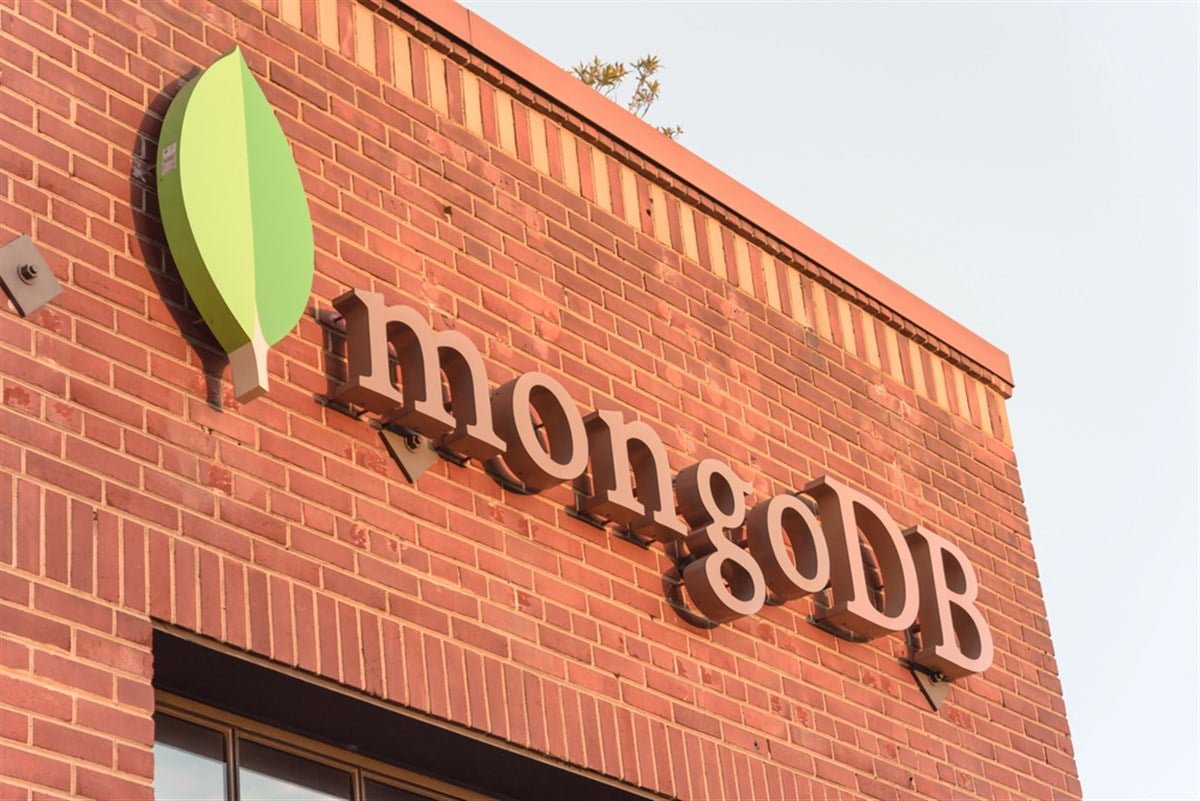“The question for policymakers, still to be resolved, is how much of these price increases are absorbed by wholesalers, retailers and resellers,” Carl Weinberg, chief economist at High Frequency Economics, said in a note. “This report is a strong validation of the Fed’s wait-and-see stance on policy changes.”
Economists pay close attention to the PPI report because some of its components are used to calculate the Fed’s preferred measure of inflation — the personal consumption expenditures price index. While health care categories came in soft, airline passenger services and portfolio management jumped. The latter was largely expected due to a rising stock market.
The BLS data showed food prices accounted for 40% of the advance in final goods costs, largely due to vegetables. A less-volatile PPI metric that excludes food, energy and trade services also rose from a month earlier by the most since 2022.
The PPI report showed the costs of processed goods for intermediate demand, which reflect prices earlier in the production pipeline, jumped 0.8% — the most since the start of the year and largely due to diesel fuel.
A separate report showed initial claims for unemployment benefits were little changed last week.



